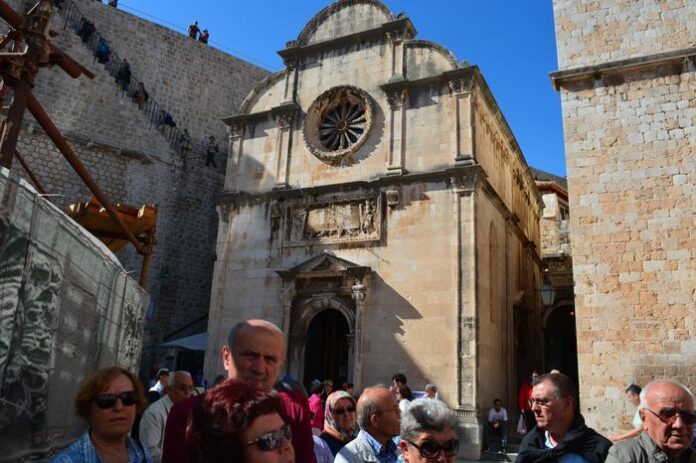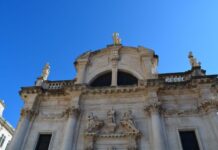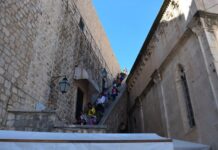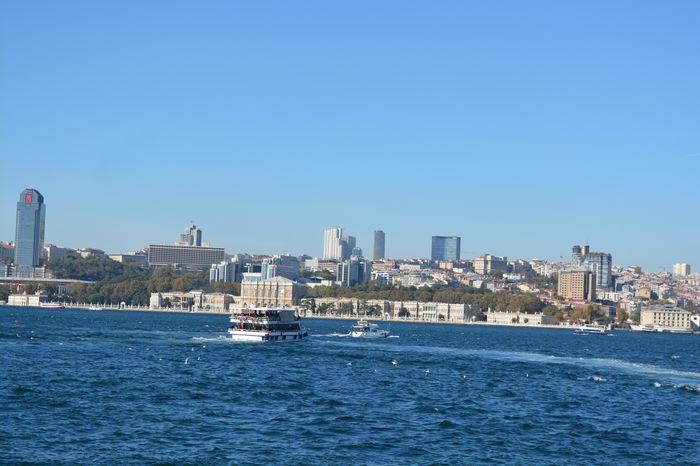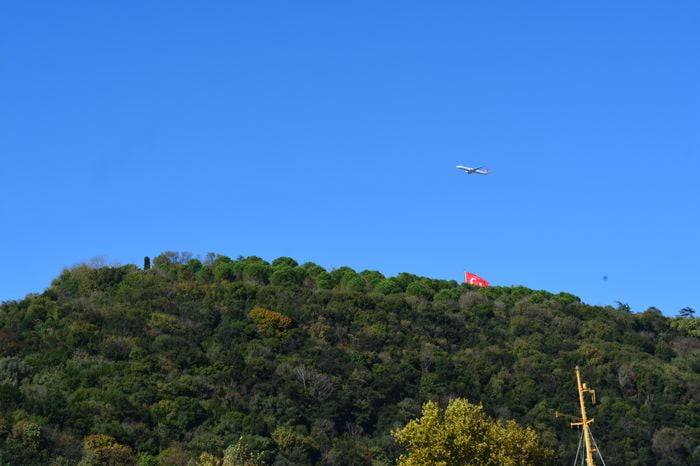One of the biggest challenges in building the new city of Constantinople was providing enough clean water. While the ancient water system of Byzantium, improved by Emperor Hadrian, was still in use, it was no longer enough for a growing population.
To solve this, the water system was greatly expanded. Though we don’t know exactly how it was done, it likely included the construction of new aqueducts—long channels that carried water from outside the city. According to historical records, the project to build aqueducts, porticoes, and fortifications cost around sixty centenaria of gold—an amount equal to about £2.5 million in modern terms Walking Tours Sofia.
Drainage and Public Health
Constantine also cared about the health of the population. He had underground sewers built to remove waste from the city and carry it to the sea. This helped reduce disease and made Constantinople cleaner and more livable.
Attracting People to the New City
To make Constantinople a real rival to Rome, Constantine encouraged people to move there. One of his most effective strategies was to redirect wheat shipments. Previously, grain from Egypt was sent to Rome, but Constantine ordered that it be sent to Constantinople instead The Three Main Streets of Constantinople.
He also offered free bread—80,000 loaves a day—to the city’s people. This echoed the Roman practice of “bread and circuses,” used to keep the public content.
Rewards for Wealthy Citizens
To attract wealthy and noble families, Constantine built houses and gave them to Roman senators. He even encouraged house building by offering land in Pontus and Asia, on the condition that the owner kept a home in the new capital.
In addition, the city’s citizens were granted the Jus Italicum—a special legal status that gave them rights similar to those enjoyed by people living in Rome itself.
New Political Status and Governance
Before Constantine’s reforms, Constantinople (then Byzantium) was under the control of the nearby town of Heraclea. Constantine ended that dependence, giving the new city its own independent administration.
He also created a Senate for New Rome, made up of local leaders. These senators were allowed to use the honorable title “Clari.”
Dividing the City into Fourteen Regions
For easier management, Constantine divided the city into 14 regions, just like ancient Rome. Two of these districts were outside the city walls:
The Thirteenth Region, which included Sycae (modern-day Galata) north of the Golden Horn
The Fourteenth Region, which covered Blachernae, now the areas around Eğri Kapı and Ayvansaray
Disagreements About City Geography
Later scholars disagreed about where some of these regions were exactly located. For example, one expert, Gyllius, said the Seventh Region was in the valley of the Grand Bazaar. Another scholar, Mordtmann, believed it was on the southern slope of the Second Hill, stretching from the Forum of Constantine to the Sea of Marmara.
